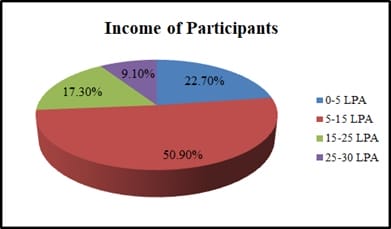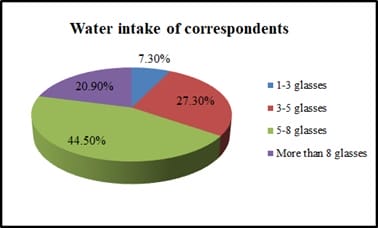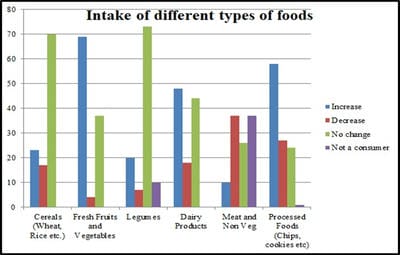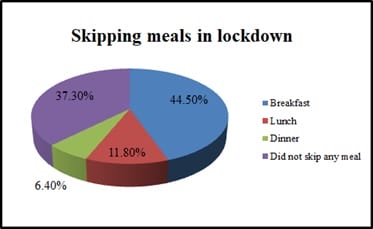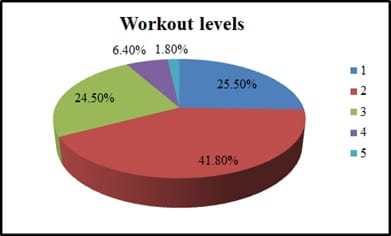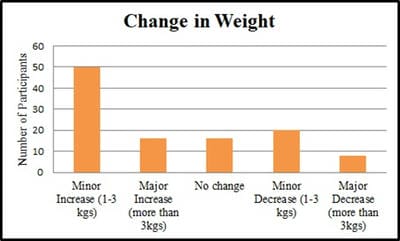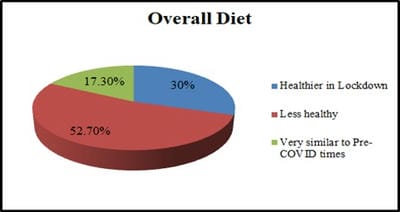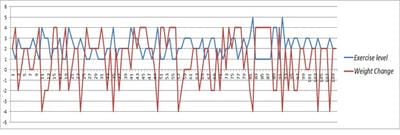Impact of lockdown due to COVID-19 on the dietary habits of youngsters of Delhi-NCR
Arora D.1*, Narang S.2
DOI: https://doi.org/10.17511/ijphr.2021.i03.01
1* Devesh Arora, Research Division, ECON C&R, New Delhi, India.
2 Shaurya Narang, Research Division, ECON C&R, New Delhi, India.
With over a year after the first coronavirus case reached Delhi, the total number of infections and deaths has reached a sky-high mark. The response of the Delhi government involved the imposition of multiple lockdowns. This decision, though slowed down the positivity rate, had unprecedented effects on the dietary habits of young individuals in the city. Forced to stay at home due to the lockdown, these individuals engaged in unhealthy daily routines and dietary habits. With the close link between diet and immunity it becomes imperative to collect data in this regard. The present paper records the dietary habits of individuals in the city using a web-based survey. The findings are presented and analyzed graphically. It was observed that the lockdown harmed the dietary habits of young individuals. A decrease in the level of exercise, water intake and increase in weight were the major variables leading to this conclusion.
Keywords: COVID-19, Dietary Habits, Lockdown, Physical Fitness
| Corresponding Author | How to Cite this Article | To Browse |
|---|---|---|
| , Research Division, ECON C&R, New Delhi, India. Email: |
Arora D, Narang S. Impact of lockdown due to COVID-19 on the dietary habits of youngsters of Delhi-NCR. Public Health Rev Int J Public Health Res. 2021;8(3):32-38. Available From https://publichealth.medresearch.in/index.php/ijphr/article/view/157 |


 ©
© 